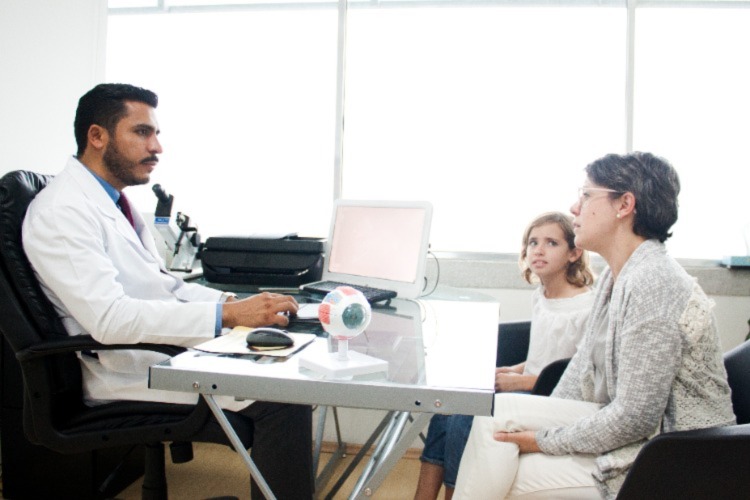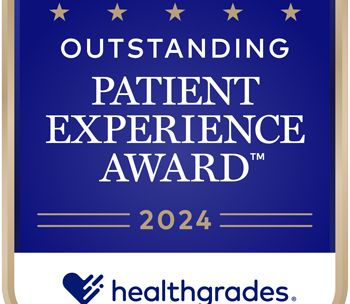
Keep an Eye on Your Vision Health
Going to the doctor, going to the dentist—all part of taking care of your health. But going to the eye doctor? Also important! Eye exams at every age and life stage can help keep your vision strong.
Many people think their eyesight is just fine, but then they get that first pair of glasses or contact lenses and the world comes into clearer view—everything from fine print to street signs. Improving your eyesight is important—about 11 million Americans over age 12 need vision correction—but it’s just one of the reasons to get your eyes examined. Regular eye exams are also an important part of finding eye diseases early and preserving your vision.
Start Early
Though people tend to have more vision problems as they get older, children need eye exams to ensure healthy vision, too. But only 39% of preschool children have had their vision tested, which is needed to diagnose eye diseases. Amblyopia (reduced vision because the eye and brain aren’t working together properly) is the most common cause of vision loss in children—2 to 3 out of 100 children. Amblyopia needs to be treated promptly to help avoid vision loss.
Eye Exams: How Often?
- Children’s eyes should be checked regularly by an eye doctor or pediatrician. The US Preventive Services Task Force recommends vision screening for all children at least once between age 3 and 5 years to detect amblyopia or risk factors for the disease.
- People with diabetes should have a dilated eye exam every year.
- Some people are at higher risk for glaucoma and should have a dilated eye exam every 2 years:
- African Americans 40 years and older
- All adults older than 60, especially Mexican Americans
- People with a family history of glaucoma
Other Reasons to See Your Eye Doctor
If you have any of the following eye problems, don’t wait for your next appointment—visit your eye doctor as soon as possible:
- Decreased vision
- Draining or redness of the eye
- Eye pain
- Double vision
- Floaters (tiny specks that appear to float before your eyes)
- Circles (halos) around lights
- Flashes of light
Source: CDC


